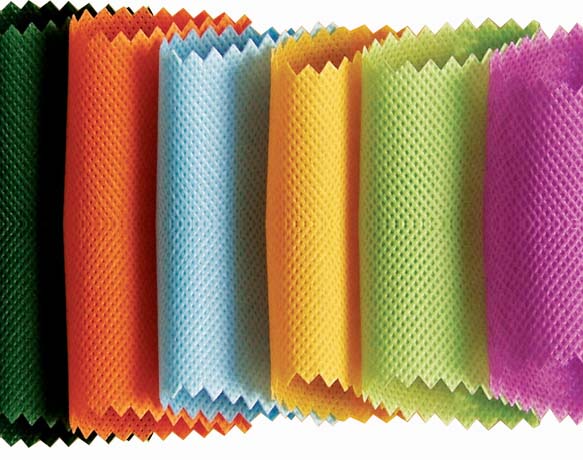- Qinsun Instruments Co., Ltd.
- Tell:+86-21-6780 0179
- Phone:+86-17740808215
- Address:No. 2578 Minhang District Gu Dai Road, Shanghai
- Contact:Mr. Li
- QQ:846490659
How do you test for Non-woven Fabric air permeability?

Air permeability testing is an important evaluation method for non-woven fabrics to measure their ability to allow air to pass through. The air permeability of non-woven fabrics is significant in various applications, including filtration, geotextiles, medical textiles, and protective apparel. There are different test methods available to assess the air permeability of non-woven fabrics, the most common being the "Gurley method" and the "Frazier method." Here's an overview of these two methods:
1. Gurley Method: The Gurley method measures the time required for a specific volume of air to pass through a given area of the non-woven fabric under a constant pressure difference. The apparatus used for this test is called a Gurley densometer or Gurley permeability tester. The test involves the following steps:
a. Preparation: Cut a circular sample of the specified diameter from the non-woven fabric. The sample size may vary depending on the testing standards or specific requirements.

b. Test Procedure: Place the sample in the testing chamber of the Gurley densometer. The chamber consists of two clamping rings with an orifice in between. Apply a constant pressure difference across the sample, typically ranging from 4.88 mm to 60.96 mm (0.2 to 2.4 inches) of water column.
c. Measurement: Start the timer and record the time taken for a specific volume of air, usually 100 cubic centimeters, to pass through the sample and reach the other side. The time is recorded in seconds or minutes.
The air permeability of the non-woven fabric is calculated by dividing the specific volume of air by the recorded time. The result is typically expressed in units like Gurley seconds or Gurley numbers.
2. Frazier Method: The Frazier method measures the volume of air passing through a non-woven fabric per unit time under a constant pressure difference. The Frazier permeability tester is used for this test. The test procedure involves the following steps:
a. Preparation: Cut a rectangular sample of the specified size from the non-woven fabric. The sample size may vary depending on the testing standards or specific requirements.
b. Test Procedure: Place the sample in the testing chamber of the Frazier permeability tester. The chamber consists of two clamping rings with a specific test area. Apply a constant pressure difference across the sample, typically ranging from 1.27 Pa to 1255 Pa (0.005 to 5 inches of water).
c. Measurement: Start the test and measure the volume of air passing through the sample in a specific time, usually expressed in cubic feet per minute (CFM) or cubic meters per hour (m³/h). The Frazier permeability tester is equipped with a flow sensor to measure the air volume accurately.
The air permeability of the non-woven fabric is directly obtained from the measured air volume and is expressed in units like CFM or m³/h.
It's important to note that specific testing standards or specific applications may require variations in the test procedures, sample dimensions, or testing conditions. Therefore, it is advisable to refer to the relevant testing standards or consult with the specific industry guidelines for accurate and standardized testing of non-woven fabric air permeability.





